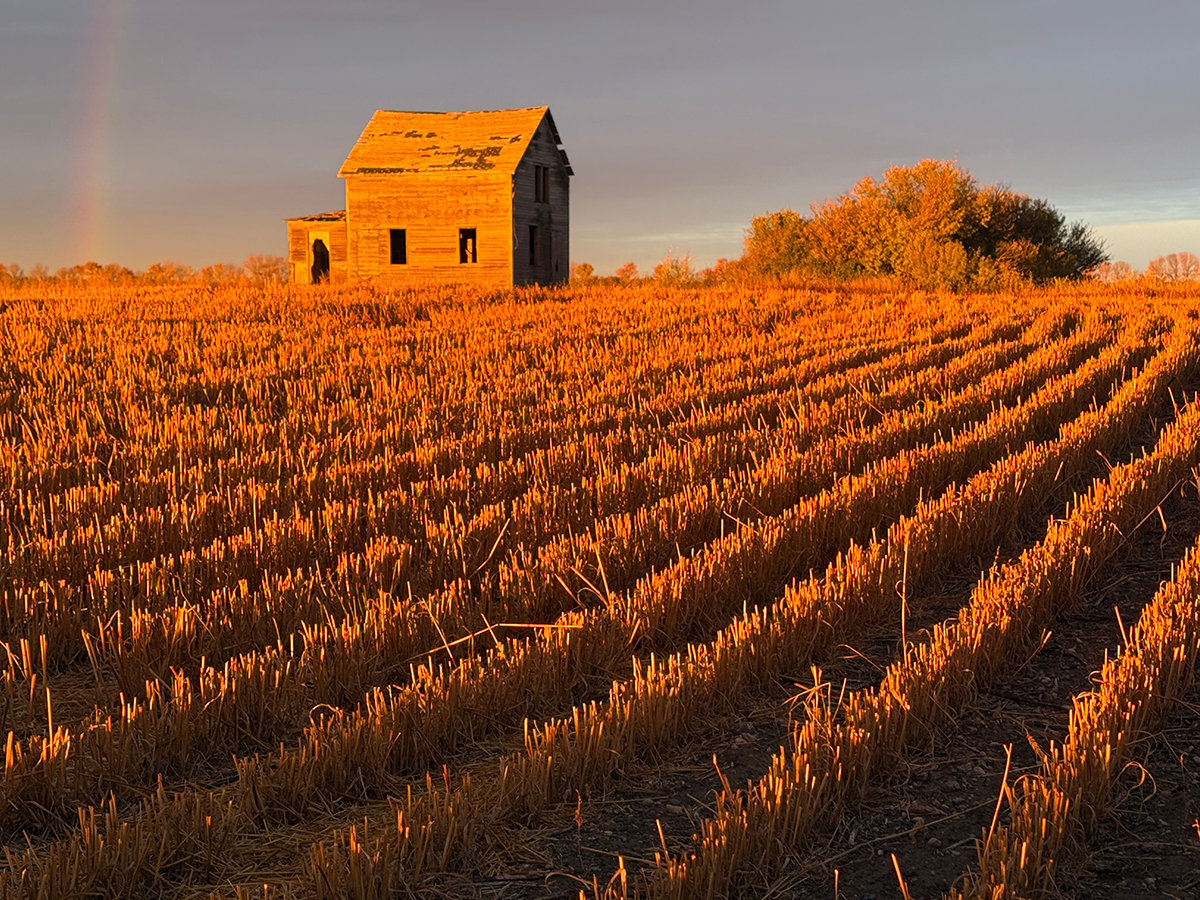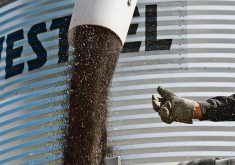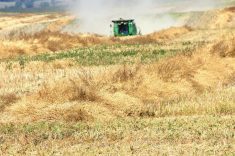WARREN, Man. – Winter wheat is a lot tougher and more resilient than many farmers think, Manitoba Agriculture experts told farmers.
The crop can rebuild itself from a thin spring stand and produce a reasonable yield.
“I’ve heard it called the canola of cereals,” John McGregor, a Steinbach production specialist, told dozens of farmers at an April 23 Winter Wheat Survival Clinic.
He said an apparently poor stand in the spring could actually be good enough to keep in the ground rather than reseed.
Read Also

Forecast leans toward cooling trend
July saw below average temperatures, August came in with near to slightly above average temperatures and September built on this warming trend with well above average temperatures for the month.
McGregor said research from Saskatchewan suggests that a crop of as low as 7.7 plants per sq. foot can produce a crop that will yield 78 percent of maximum for an optimal crop.
At 13.3 plants per sq. foot – considered by many farmers and crop insurers to be likely to only produce a 50 percent yield – it’s likely that a 92 percent yield will be produced in good growing conditions.
Farmers need to understand this so they don’t rush to reseed, taking on all those extra costs, McGregor said.
Winter wheat is a bushier plant that can send out many more tillers than spring wheat, so big gaps between plants can be largely filled during the spring and early summer.
McGregor also said farmers should be careful not to assume winter wheat plants are alive or dead based on whether they are green or brown in early spring.
Some green plants can be dead, while some brown plants can rejuvenate, depending on what’s going on in the crown.
In order to know if plants are alive and active, look for a white root coming out of the crown in spring.
Allow time for the new roots to grow, which requires soil temperatures of 5 C or higher for a few days.
Citing test plots run by Manitoba Agriculture this spring, McGregor said tall stubble was responsible for keeping winter wheat fields above fatal low winter temperatures.
In one December cold snap, soil temperatures for tall stubble fell to -5 C, but soil temperatures for short or no stubble plots fell to as low -20 C. The lower the soil temperature, the more likely the winter wheat will die.
“The stubble is what we use to trap the snow,” said McGregor.
“We’ve had years when you can get away with having it on summer fallow, but that requires that the snow cover stays there.”
In three periods this winter the short or no stubble fields fell into temperature ranges that can cause winterkill.
As the winter wears on, the crop gets more susceptible to cold temperatures, so March is especially deadly, when snow cover is often lost. That’s when the tall stubble is most valuable.
Many Manitoba farmers had big problems with fusarium head blight last year, but McGregor urged any new winter wheat growers to not assume 2008 represents usual growing conditions.
“It was not a typical winter wheat year,” said McGregor, noting that late development allowed fusarium spores to get into the crop at a crucial stage.
“It was at least two weeks late, so that flowering period was two weeks later and that brought us into that later window, which typically winter wheat has been able to escape.”















